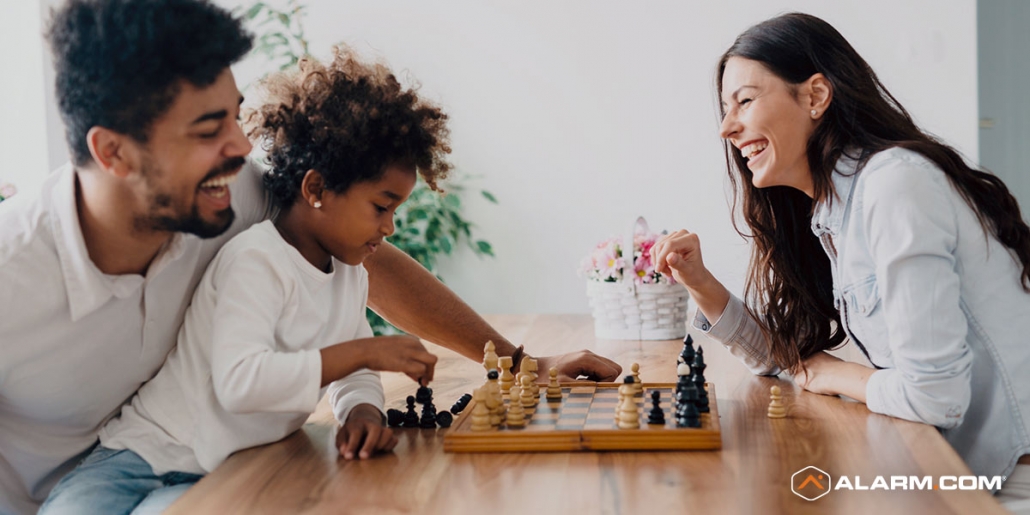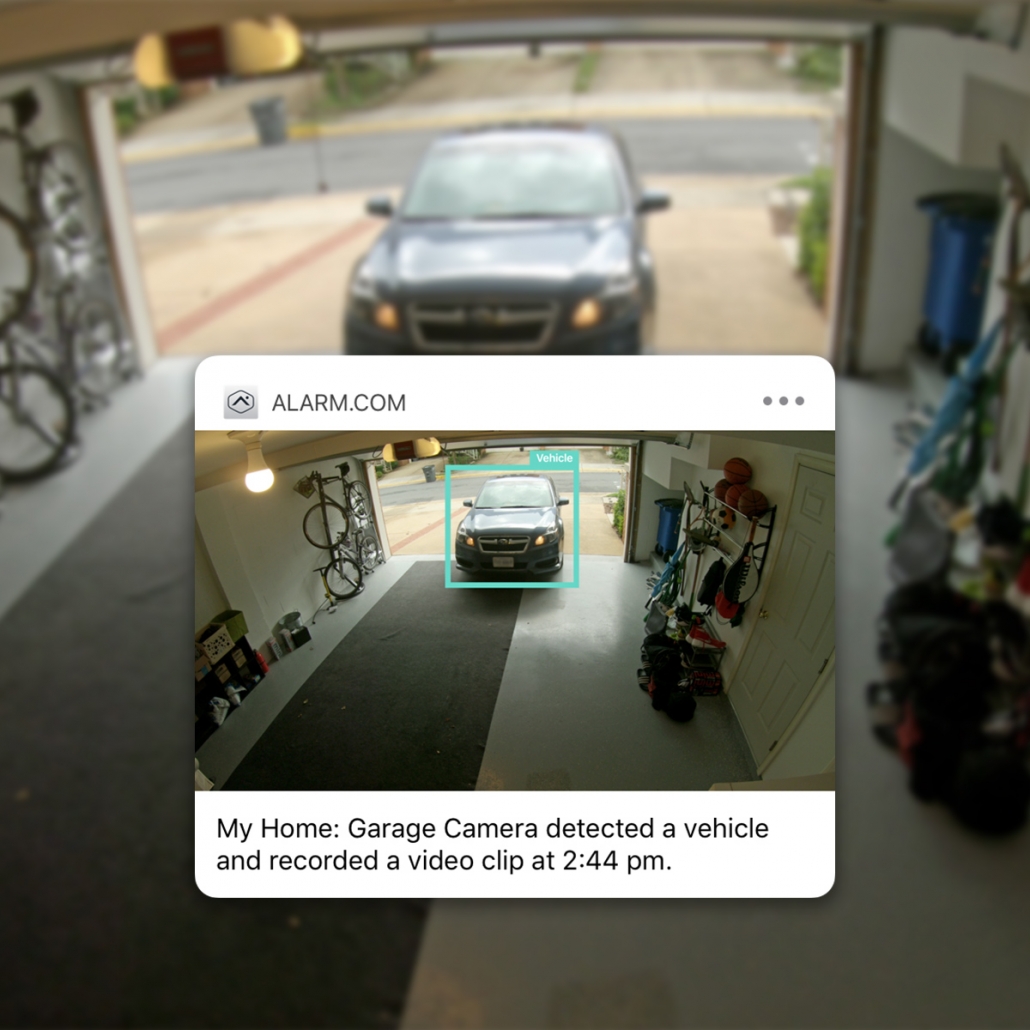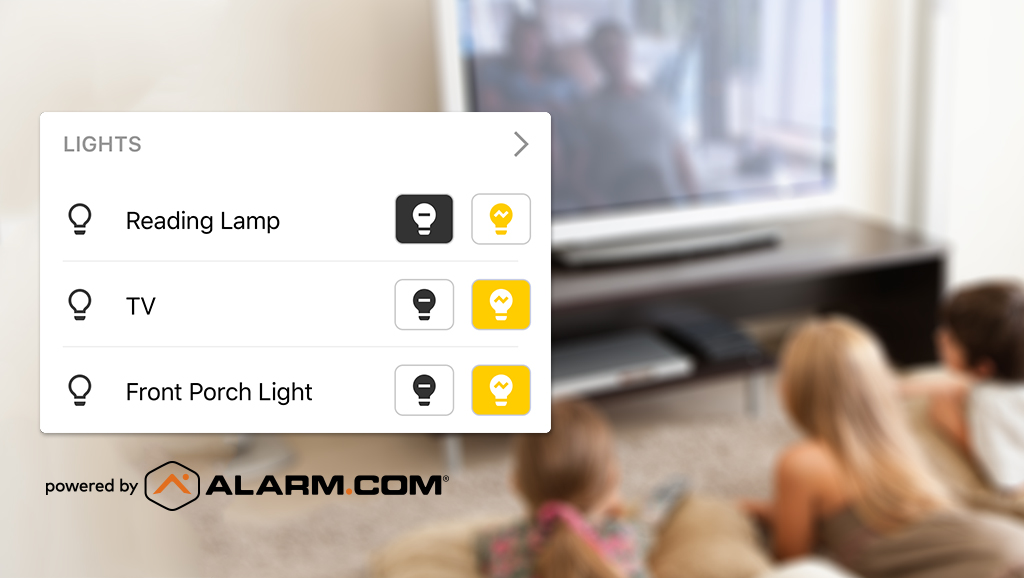New home technology- what should you consider when building a new connected home?

“I think technology right now, probably more than ever – especially when we talk about the current economic environment – we see that there is this desire… to digitally transform and use technology to become more efficient and more productive”
– Cristiano Amon, President and CEO of Qualcomm Incorporated on the demand for connectivity.
– Bill Gates predicted that we would have personal assistants to help us manage many aspects of our daily lives:
“Constant video feeds of your house will become common, which inform you when somebody visits while you are not home.”
These changes have occurred due to the rapid growth of smartphones, making control and connectivity widespread.
Today, smartphones are essential for communication. They serve as a central hub for various systems in our homes. Through apps and devices, your smartphone allows you to oversee most of your home systems.
Many home systems, such as HVAC, water heating, and plumbing, can link to the Internet of Things (IoT) via smartphone control, promoting energy and water savings through this connectivity
Additional technologies allow voice control over all IoT devices and systems. It allows you to simply speak to your connected home to adjust comfort and entertainment features.
Smart home technologies are available for:
- Controlling door locks for access
- Managing home lighting
- Enhancing security
- Regulating heating and cooling, including dampers controls
- Ordering groceries through your refrigerator
- Operating window coverings
- Tracking energy use in your home
- Cleaning floors with vacuums and mops
- Cutting grass with robot mowers
- Automatically opening and closing garage doors when your car approaches
It’s a good idea to integrate these features into your home during construction instead of adding them later. Let’s explore technologies that can save you money over time and improve your lifestyle.
The Importance of a Wired Data Network Balanced with a WI-FI Mesh
To enhance your smart home system, consider using wired connections instead of just Wi-Fi to minimize network problems. Remember that materials like foil insulation and underfloor heating can disrupt Wi-Fi signals. Place Wi-Fi routers in important spots in your home for better connectivity.
Many experts suggest a wired network, but running cables for devices like TVs can free up Wi-Fi for mobile gadgets. Smart home technology boost’s reliability, as builders now include data and electrical wiring for future upgrades. This setup allows you to control entertainment, lighting, and heating, ensuring strong data connections in every room. It’s important to have data connections throughout the entire house, especially for high-quality video or audio streaming.
Quick Tip: Choose a fully wired data cabinet when building your home to reduce reliance on Wi-Fi. A hybrid setup is important for smooth connection between everyday activities and home features.
Home Security
State-of-the-art security systems include digital infrared cameras for night vision. It’s a good idea to pre-wire your cameras during construction to save on future installation costs. Sensors keep an eye on doors, windows, and the perimeter, and you can check them from your smartphone no matter where you are. In today’s digital age, protecting your privacy with encryption is crucial. As technology changes, keeping personal information safe becomes more important. Enhance your security with environmental sensors like smoke detectors and carbon monoxide alarms!
Home Access and Entry
Smart home locks know who you are and let you in, while keeping others out.
Smart locks can unlock your door automatically via Bluetooth when you get close. Geofencing can secure the door when you are a specific distance from home and offer a bypass code if your phone is not with you. Additionally, these smart locks can use a key as a backup, helping to connect your home security system and alarm.
Camera Doorbells and CCTV
Do you want to see who’s at your door without getting up? Would you like to be notified whenever someone comes near your home? A doorbell camera can help with that! The newest models connect to your smartphone and your connected home security system. They use motion sensors to detect when someone is nearby and can record video.
Quick Tip: There are many options available, so it’s a good idea to talk to a reliable security expert to choose the right cameras for your home.
Garage Door Openers

Smart sensing applies to garage doors as well. These openers use geofencing to ensure that only those with the connected device can open them. You can also control your garage door from afar using an app on your smartphone.
AUDIO
More people are choosing wireless audio systems in their new homes. They use smartphones or tablets to control these systems instead of traditional in-ceiling speakers. Homeowners choose portable options that can be easily moved, rather than fixed installations that stay in one place. This change provides more flexibility and better security for their investment.
Lighting
Home lighting has improved with advanced technology, including LED lights that have sensors and can be controlled by smartphones like Amazon Echo or Google Home. Automation systems allow you to manage your lights from a single app and can adjust to your daily habits. Choose which rooms to install smart lights in based on your needs, taking into account cost and technology options. Focus on important rooms for smart lighting to improve your connected home experience.

Homeowners In Charge
The home automation and smart home technology industry is booming, offering many options to connect and control your devices. Consider your budget and needs, research systems and consult your builder to find the right fit for your home!



